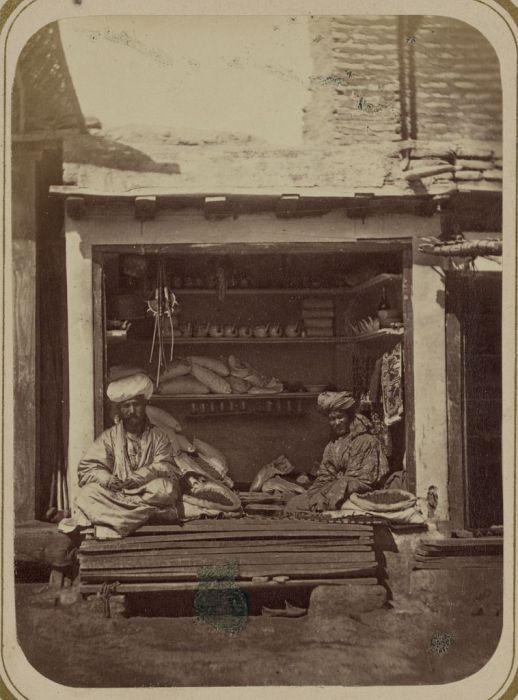|
|
History: Central Asia, 140 Years Ago
|
• To the Southeast, the demographic and cultural influence of India was felt in Central Asia, notably in Tibet, the Hindu Kush, and slightly beyond. Several historical Indian dynasties, especially those seated along the Indus River, would expand into Central Asia. India's ability to project power into Central Asia has been limited due to the mountain ranges in Pakistan, as well as the cultural differences between Hindu India and what would become a mostly Muslim Central Asia. From its base in India, the British Empire competed with the Russian Empire for influence in the region in the 19th and 20th centuries.
• To the Southwest, Western Asian powers have expanded into the southern areas of Central Asia (usually Uzbekistan, Afghanistan, and Pakistan). Several Persian empires would conquer and reconquer parts of Central Asia; Alexander the Great's Hellenic empire would extend into Central Asia; two Islamic empires would exert substantial influence throughout the region; and the modern state of Iran has projected influence throughout the region as well.
In the post–Cold War era, Central Asia is an ethnic cauldron, prone to instability and conflicts, without a sense of national identity, but rather a mess of historical cultural influences, tribal and clan loyalties, and religious fervor. Projecting influence into the area is no longer just Russia, but also Turkey, Iran, China, Pakistan, India and the United States:
• Russia continues to dominate political decision-making throughout the former SSRs; although, as other countries move into the area, Russia's influence has begun to wane.
|
|









